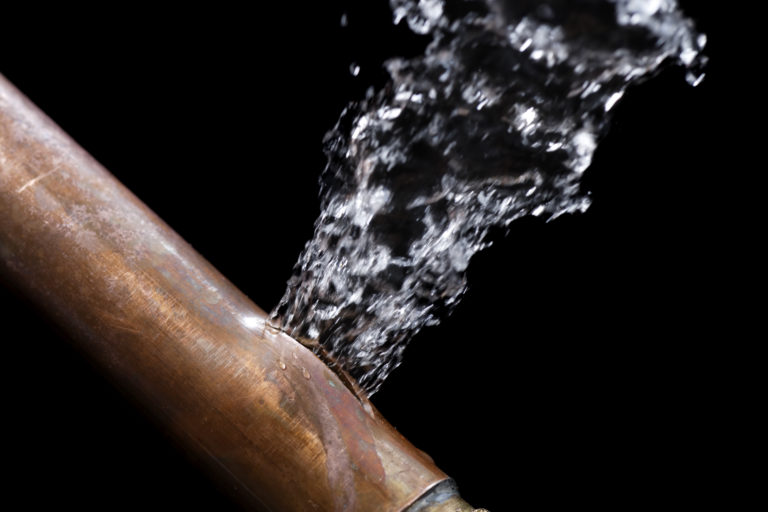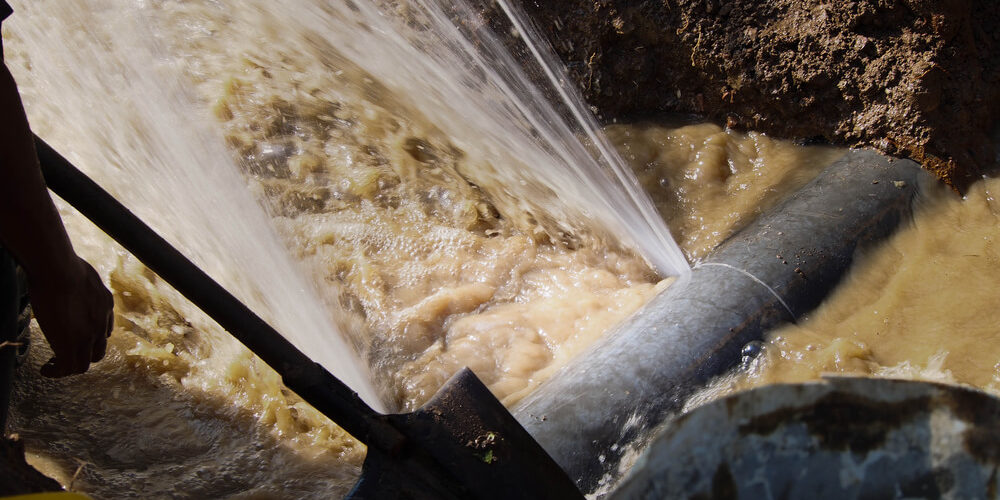Quick Overview: Identifying and also Fixing Burst Pipes in Your Home
Quick Overview: Identifying and also Fixing Burst Pipes in Your Home
Blog Article
We've unearthed the article pertaining to How to Install and Connect a New Dishwasher directly below on the internet and thought it made sense to talk about it with you in this article.

A burst pipeline is a major emergency; you can just stand as you view water you pay very much to reunite with the earth. In even worse situations, you see a pool on your cooking area flooring, which is a terrific journey risk, specifically if you have children around. If the pipeline that burst was in your wall surfaces, bad news: you might require to repaint that whole area.
How can a tragedy like a burst pipe be protected against and managed? Well, by listening to your specialist emergency plumbings as well as adhering to these guidelines.
Just how do I know when my pipes have burst?
Varying water stress
Pipelines do not simply burst in a day. You might have noticed that your kitchen area faucet or shower does not run instantly when you turn the tap. It might pause for a few secs and afterwards blast you with even more force than typical.
In other circumstances, the water might seem normal initially, after that decrease in pressure after a few secs.
Damp wall surfaces and water spots
Before a pipe bursts, it will leak, a lot of times. If this consistent dripping goes undetected, the leakage might finish right into a large tear in your pipeline. One very easy method to prevent this emergency is to watch out for damp wall surfaces advertisement water spots. These water stains will lead you right to the leak.
Puddles under pipes and sinks
When a pipe bursts, the outflow forms a pool. It might show up that the pool is growing in size, as well as no matter how many times you mop the puddle, in a couple of mins, there's an additional one waiting to be cleaned up. Commonly, you might not be able to trace the puddle to any kind of visible pipes. This is a sign to call a professional plumber.
Untraceable dripping sounds
Pipeline bursts can happen in the most undesirable areas, like within concrete, inside wall surfaces, or under sinks. When your home goes silent, you may have the ability to listen to an irritatingly persistent trickling noise. Even after you have actually examined your shower head as well as cooking area faucet, the leaking might continue.
Dear reader, the trickling may be coming from a pipeline inside your wall surfaces. There isn't much you can do regarding that, except inform a professional plumber.
Shut off the Water
When water freezes, it increases in volume by about 9 percent. And also it broadens with remarkable force: The stress inside pipelines might go from 40 pounds per square inch to 40,000 psi! No pipe can hold that much stress, so it breaks open. The break might happen where the ice types, yet more frequently, it occurs where water stress finds a vulnerable point in the pipe. That might be inches or perhaps feet from the frozen location. Discover the water shutoff valve and switch off the water to avoid more damages. You might additionally need to shut down the electrical energy also, depending on where the leakages happens and exactly how big it is.
Infected water
Many people think a burst pipeline is a one-way outlet. Fairly the contrary. As water flows out of the hole or gash in your plumbing system, pollutants find their method.
Your water may be polluted from the source, so if you can, inspect if your water container has any type of troubles. Nevertheless, if your drinking water is provided and cleansed by the local government, you ought to call your plumber quickly if you see or smell anything amusing in your water.
What do I do when I spot a burst pipeline?
Your water meter will remain to run even while your water wastes. To reduce your losses, locate the main controls as well as transform the supply off. The water mains are an above-ground framework beside your residential property.
How to Fix & Detect a Leaking Pipe
How Do I Know if a Pipe is Leaking?
Leak detection tests can help you determine if your pipe has a leak. Even if you don’t see an apparent leak, you should still conduct leak detection tests regularly to save water and money—and prevent major damage to your home.
Water meter. It can be helpful to figure out what your usual water meter usage numbers are and then monitor them regularly. To monitor your meter, first, turn off all water faucets in your home. Check the meter and write down the numbers. In a few hours, check the meter again. If the numbers have changed, you have a leak. Water gauge. Use a water gauge to test your water pressure. Your showerhead should produce a certain amount of water pressure based on its model and design. If the pressure is lower than it is supposed to be for that specific showerhead, your home likely has a leak. Puddles. Look inside your bathroom, laundry, and kitchen sink cabinets. Puddles around the cabinets or around toilets, tubs, showers, and washing machines indicate the presence of a leaking pipe. You may also notice loose tiles, peeling or flaking paint, or mold caused by water accumulation. Napkin test. Even if you don’t see any puddles, you may still have a leak. You can test for water leaks in the bathroom, laundry, and kitchen by wiping below-sink connections with a napkin, paper towel, or piece of toilet paper. If it becomes damp, you probably have a leaking pipe under the sink. Discolored walls. Walls that are discolored—usually with brown or yellow stains—or bulging might mean that they have been impacted by water damage caused by a leaking pipe. Smell. A leaky pipe will create sitting water, and over time, that water may develop a musty smell. If your home smells musty, but you can’t locate the source, it may be due to a leak. Steps for Fixing a Leaking Pipe
A leaky drain can be remedied by tightening the pipe base, replacing the drain seal, caulking the rim, and tightening the pipe nut. Similarly, a leaking toilet pipe can be treated by tightening the packing nut. You may also need to replace the valve. A leaky faucet may just need tightening or replacement of the washers. If that doesn’t work, consider replacing your faucet. If your pipe has a hole in it, you may want to use a pipe leak sealer or pipe leak tape. This quick fix for water pipe leaks can also temporarily fix a copper pipe leak. https://www.ahs.com/home-matters/quick-tips/how-to-tell-if-pipes-are-leaking/

We hope you enjoyed our section on How to Prepare for Your Dishwasher Installation. Thanks for spending some time to read through our post. Do you know another individual who is in the market for How to Prepare for Your Dishwasher Installation? Be sure promote it. Thank you for your time. Come back soon.
Source This Article
Report this page